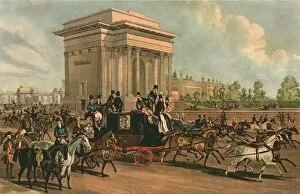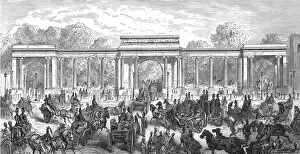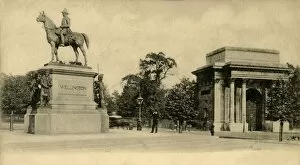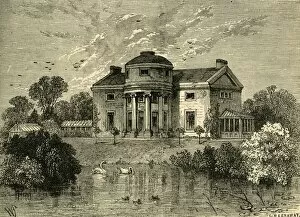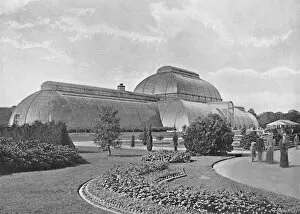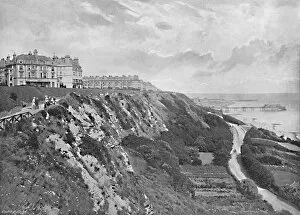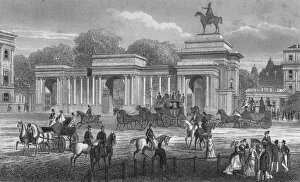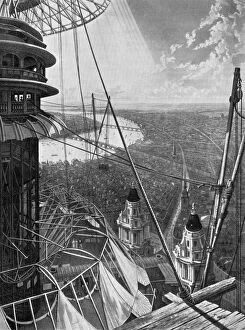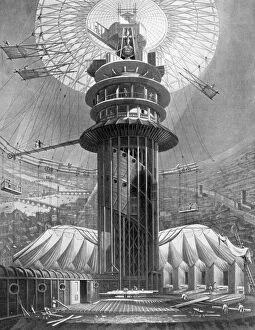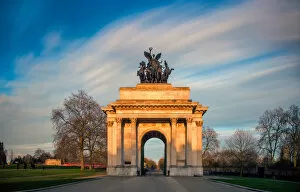Decimus Burton Collection
Decimus Burton, the visionary architect of his time, left an indelible mark on the landscape of London
All Professionally Made to Order for Quick Shipping
Decimus Burton, the visionary architect of his time, left an indelible mark on the landscape of London. Hyde Park Corner, a bustling hub in c1838, was transformed into a masterpiece under his creative genius. Capturing the essence of the era, J Harris's view of Green Park showcases not only its natural beauty but also the fashionable trends that adorned its visitors. The Athenaeum Club at Waterloo Place stands as a testament to Burton's architectural prowess. In this black and white photograph, one can almost feel the grandeur and sophistication exuding from every corner of this magnificent building. Cornwall Terrace in Regents Park is another jewel in Burton's crown. The monochromatic photographs transport us back to a bygone era when elegance and opulence reigned supreme. Gustave Doré's depiction of Hyde Park Corner - Piccadilly Entrance in 1872 captures both the grandeur and chaos that coexisted within this iconic location. It serves as a reminder that even amidst progress and development, history remains etched in every nook and cranny. Wellington Arch with its majestic Quadriga takes center stage in London circa 1915. A creation shrouded in mystery by an unknown artist but revered for its timeless beauty nonetheless. Piccadilly from Hyde Park Corner offers a glimpse into bustling city life during early 20th century London. Unknown photographers freeze moments forever; their lenses capturing stories untold yet waiting to be discovered. Hyde Park Corner itself becomes an enigma through unknown eyes circa 1910. Its allure lies not only in what we see but also what we imagine hidden beneath its surface – secrets whispered among trees or shared between lovers strolling hand-in-hand. The Wellington Monument proudly stands tall against London's skyline circa 1910 while remaining anonymous behind an unknown creator’s lens. Its presence symbolizes strength and resilience – qualities embodied by Decimus Burton himself throughout his illustrious career.

